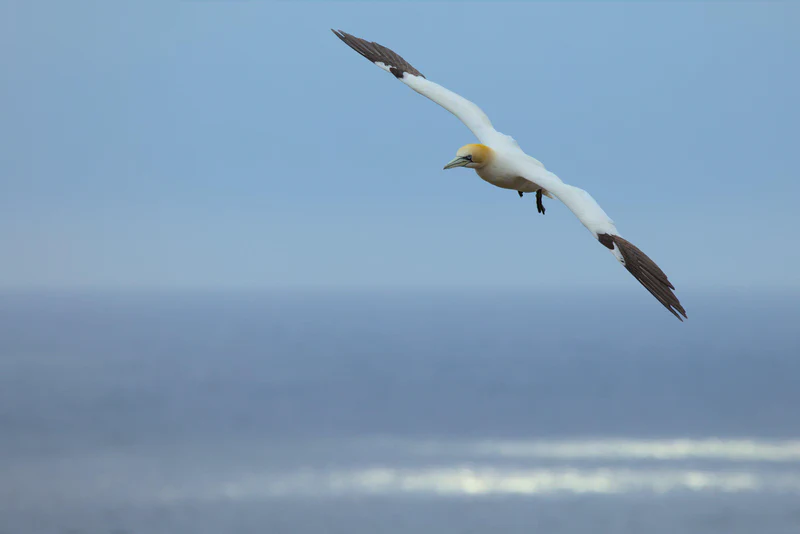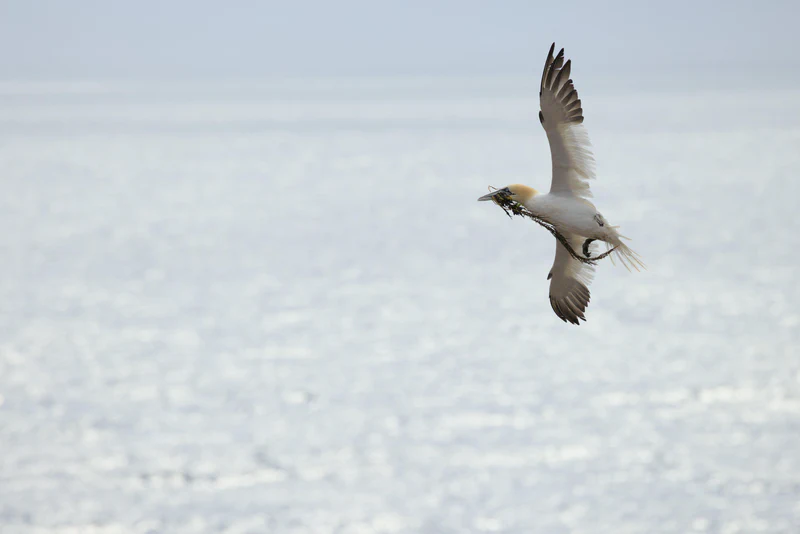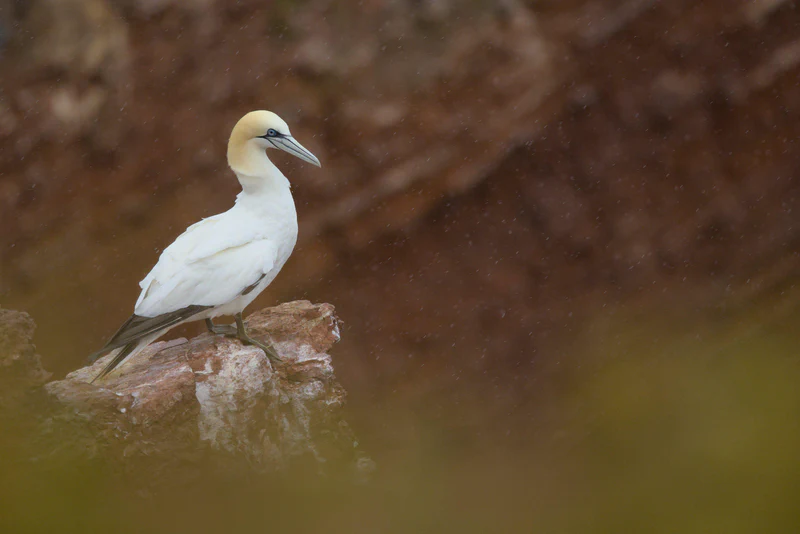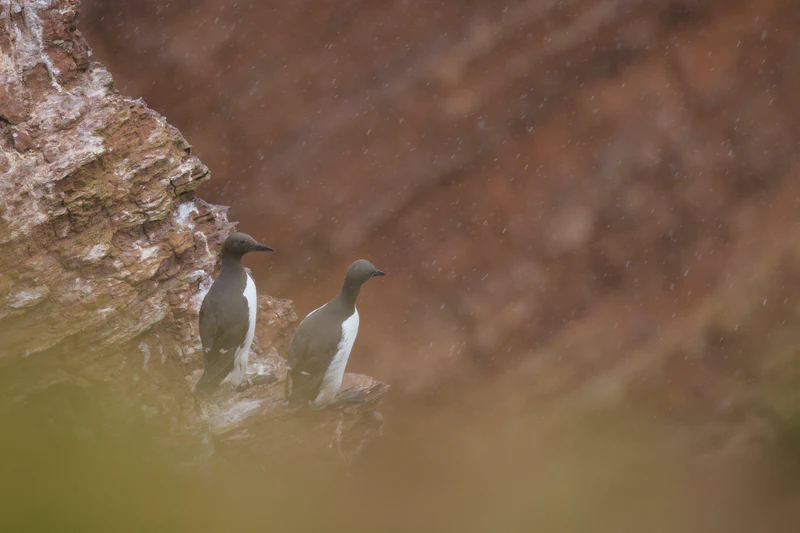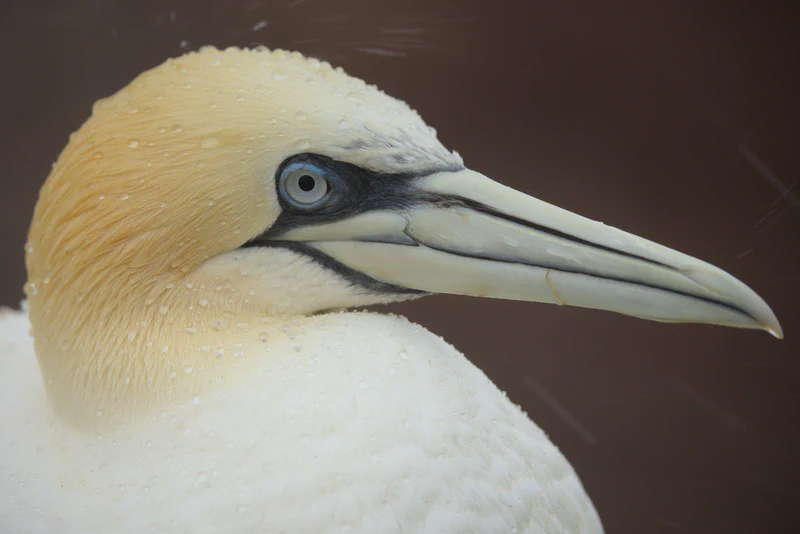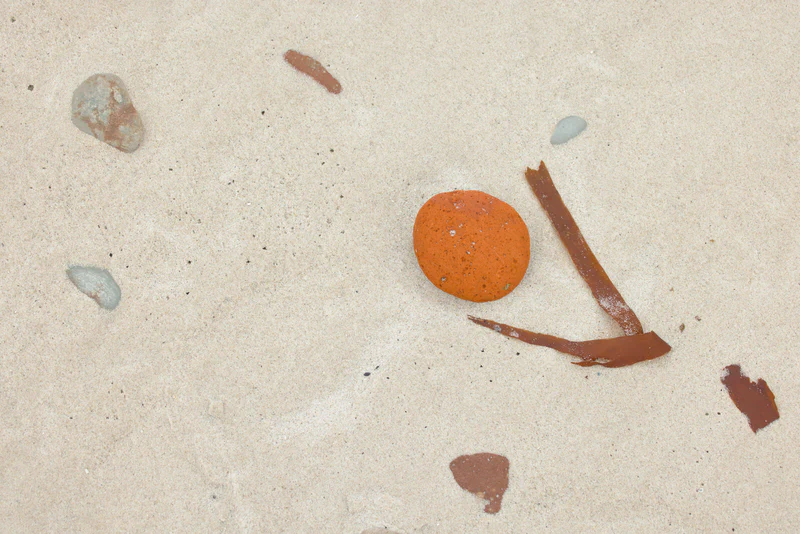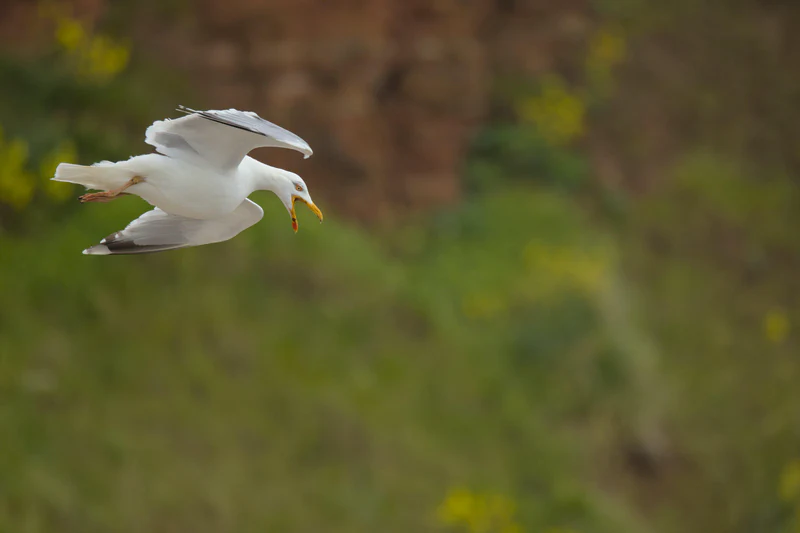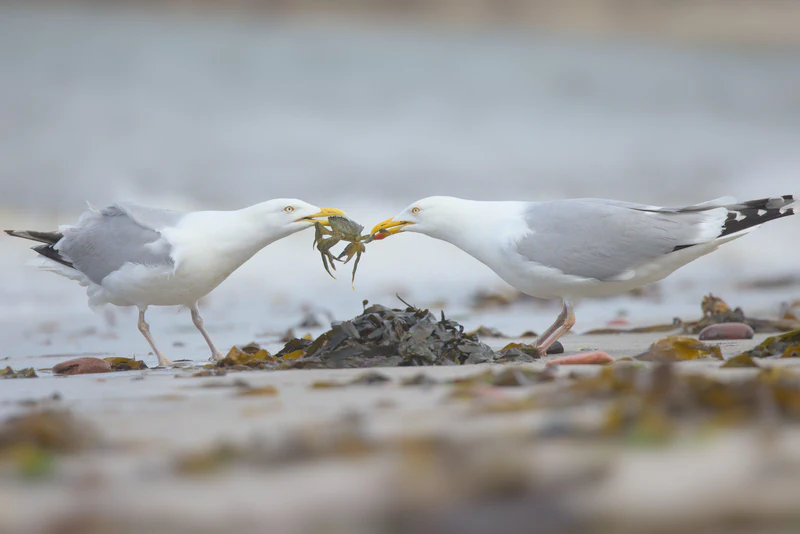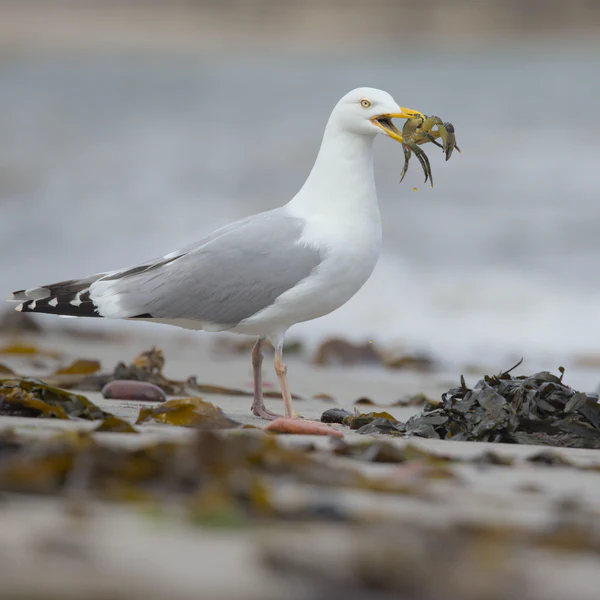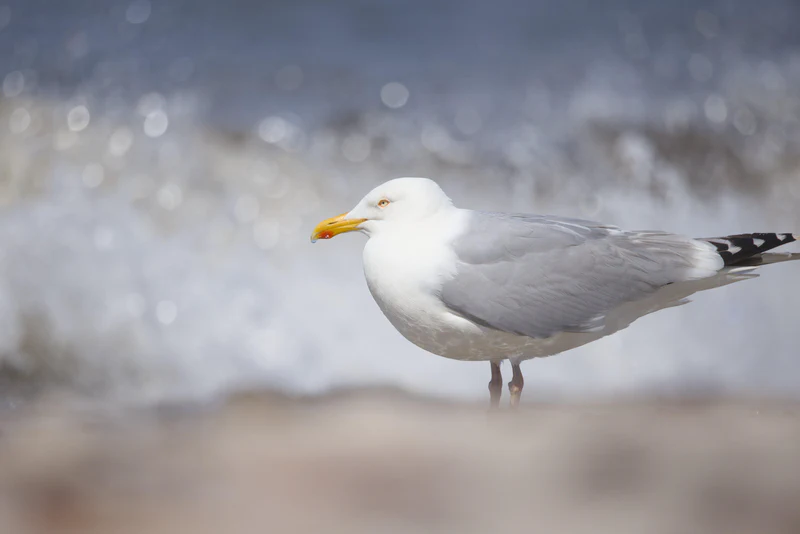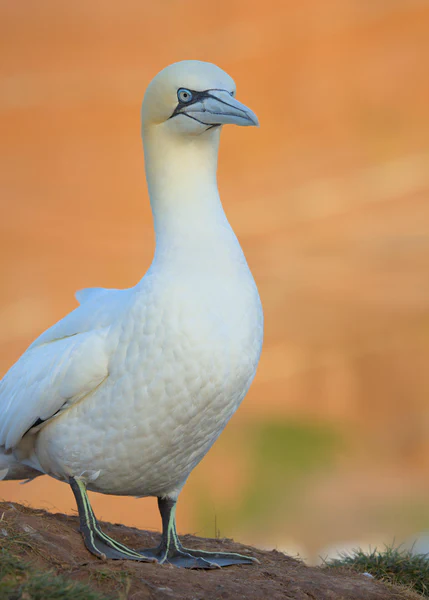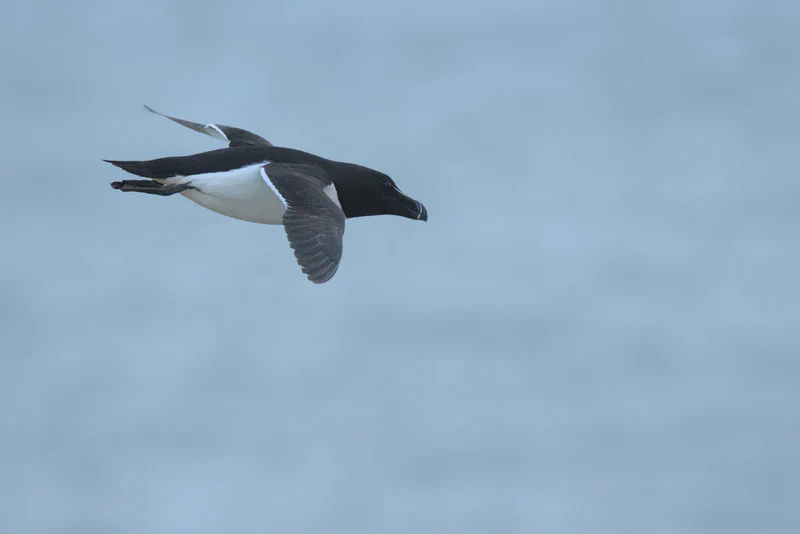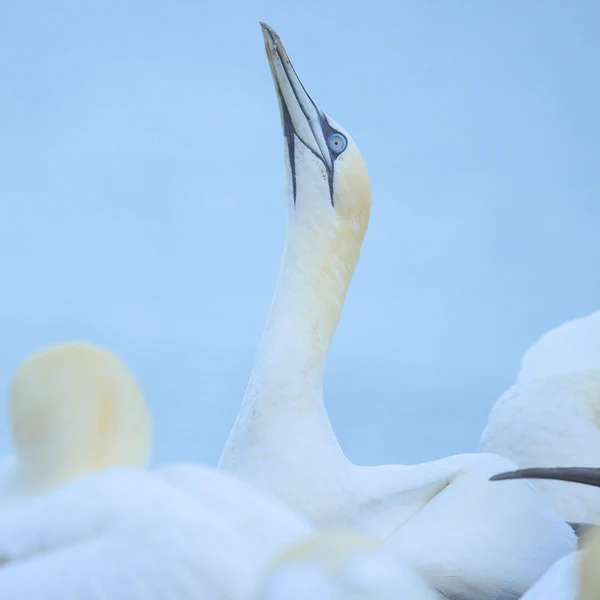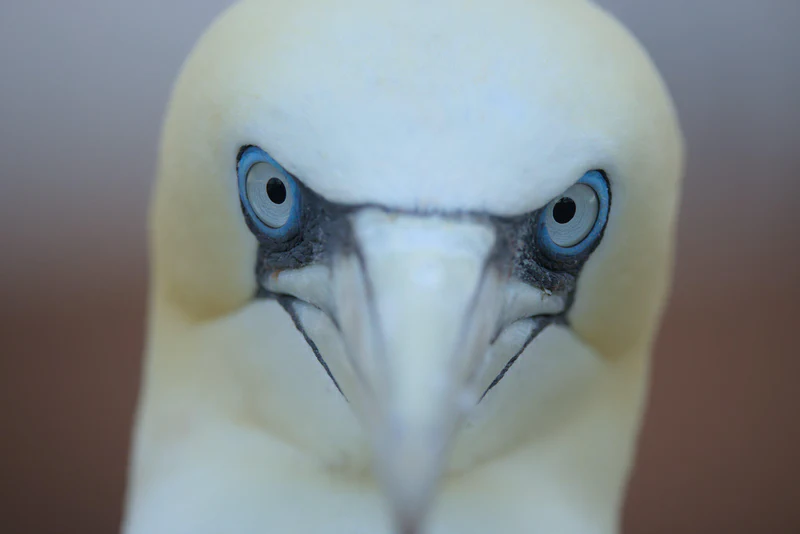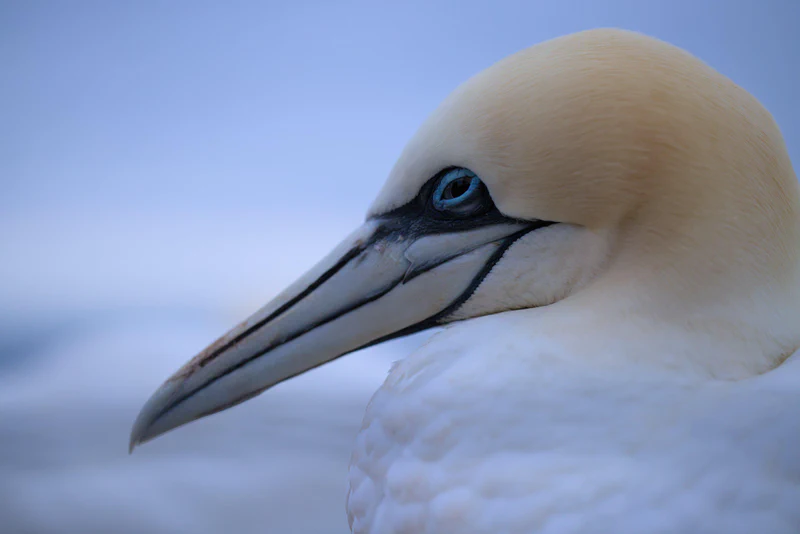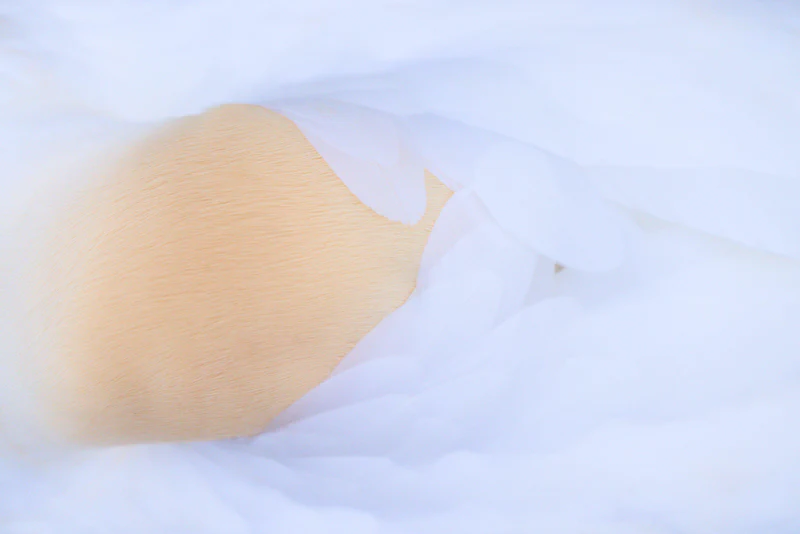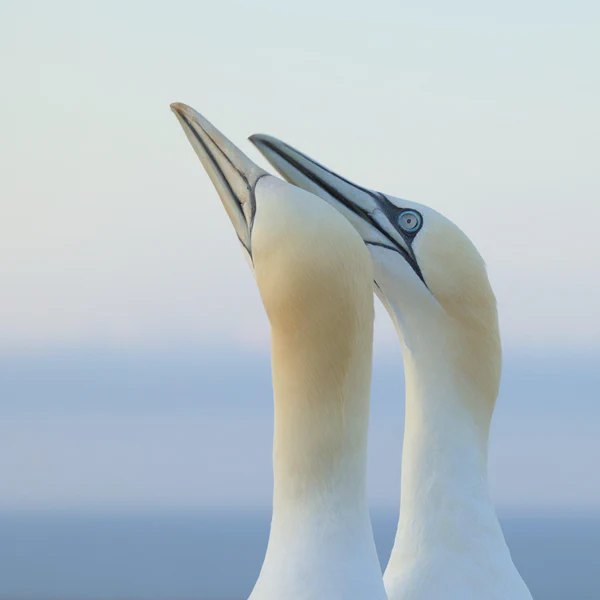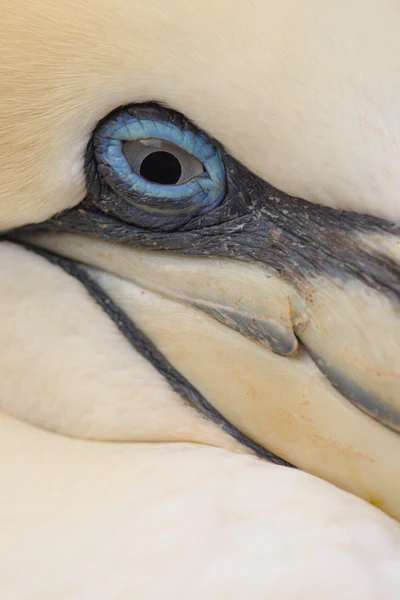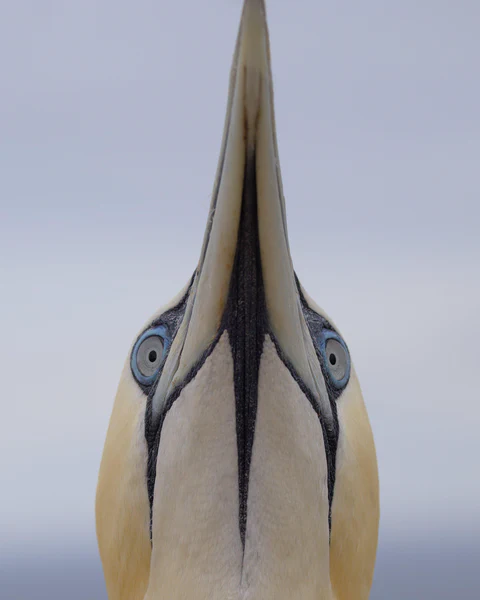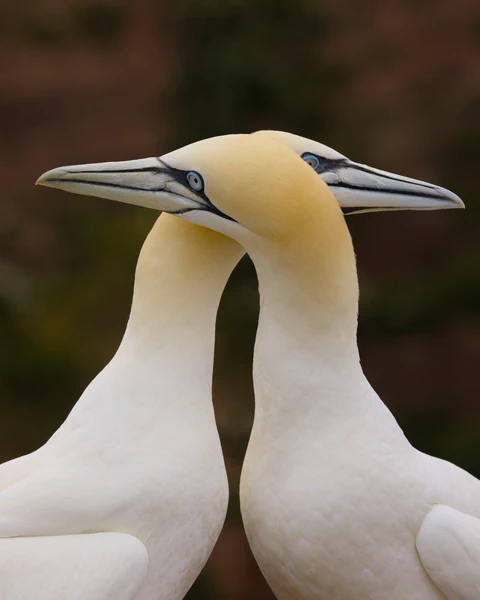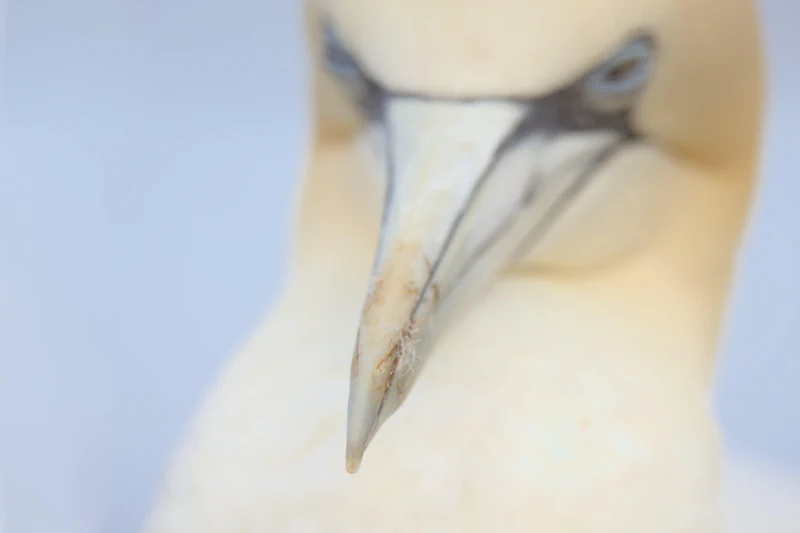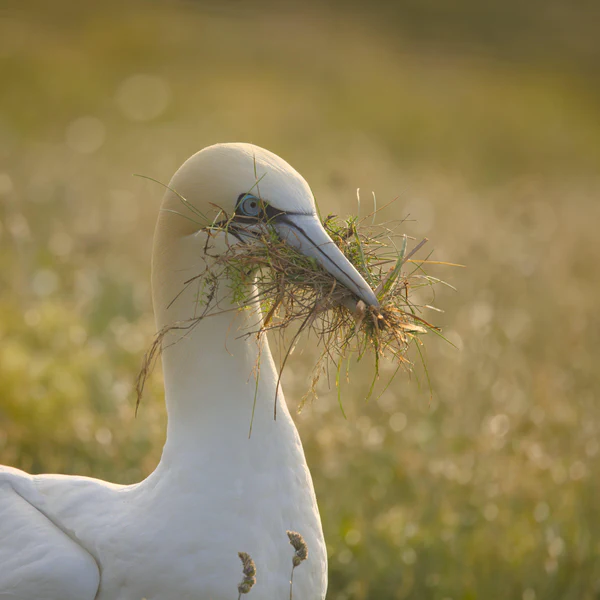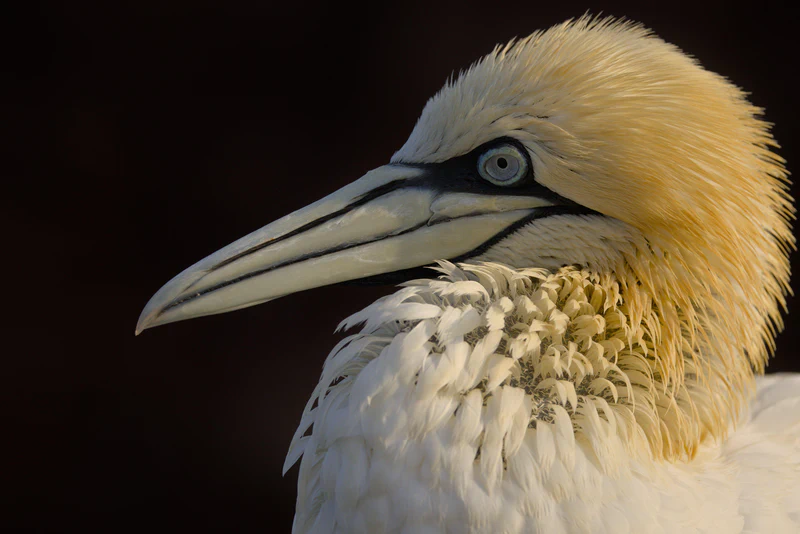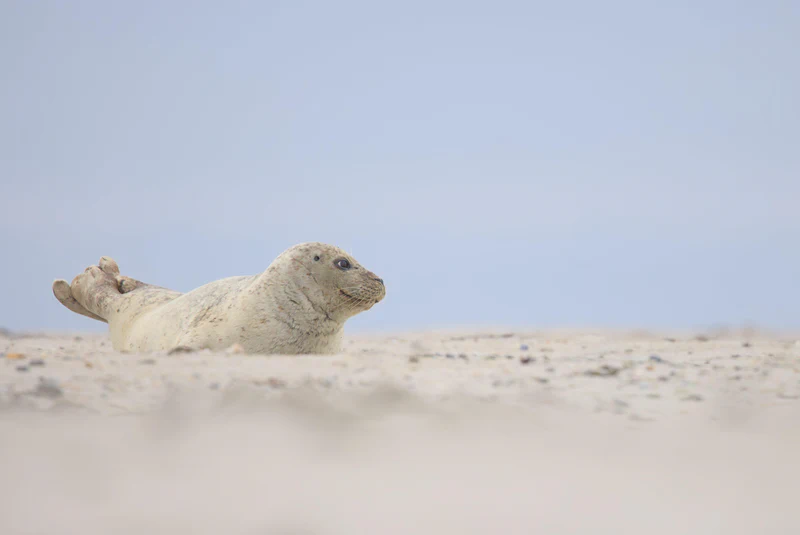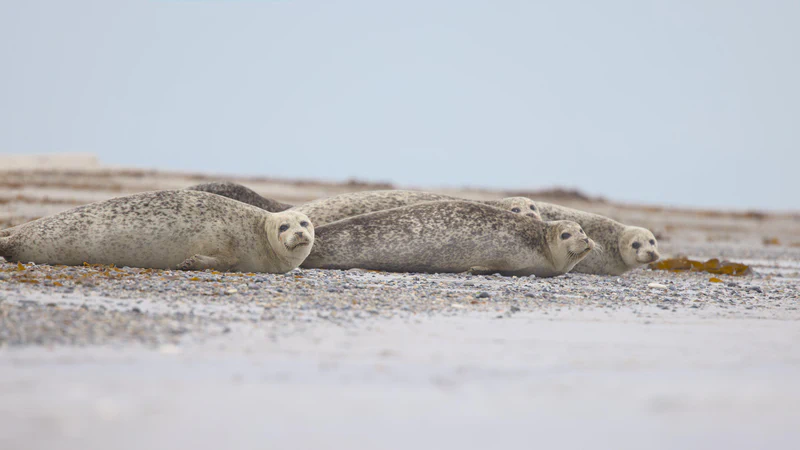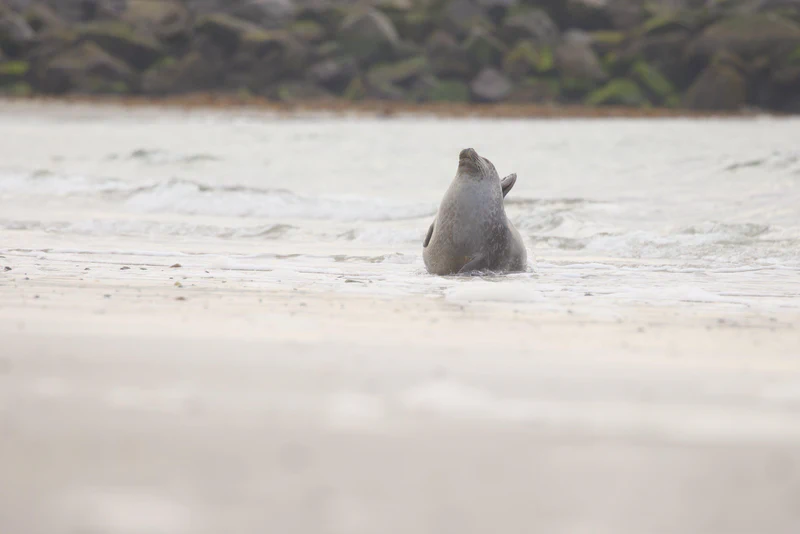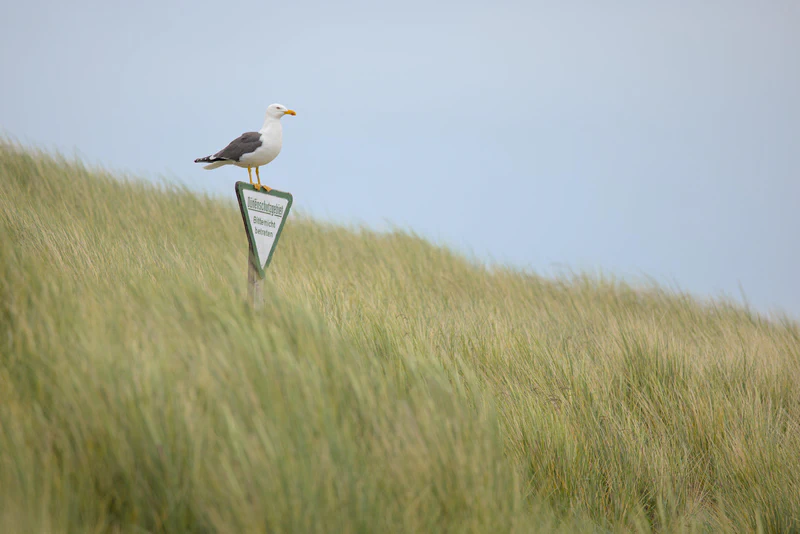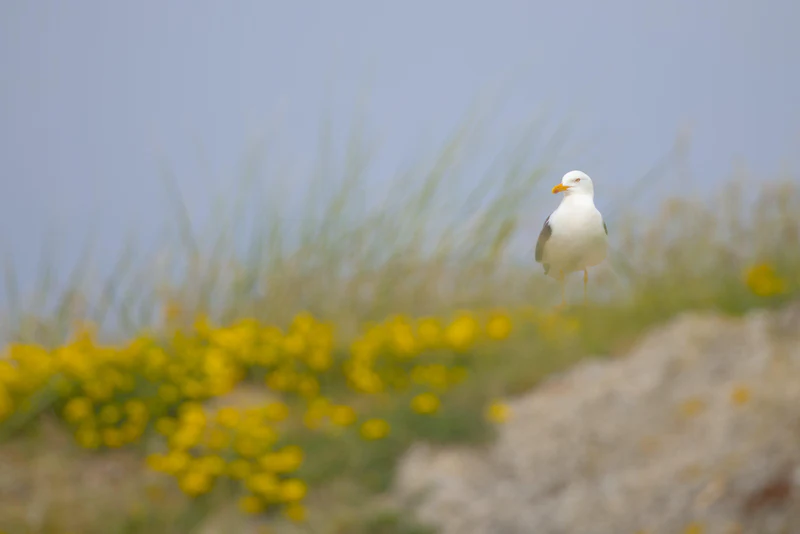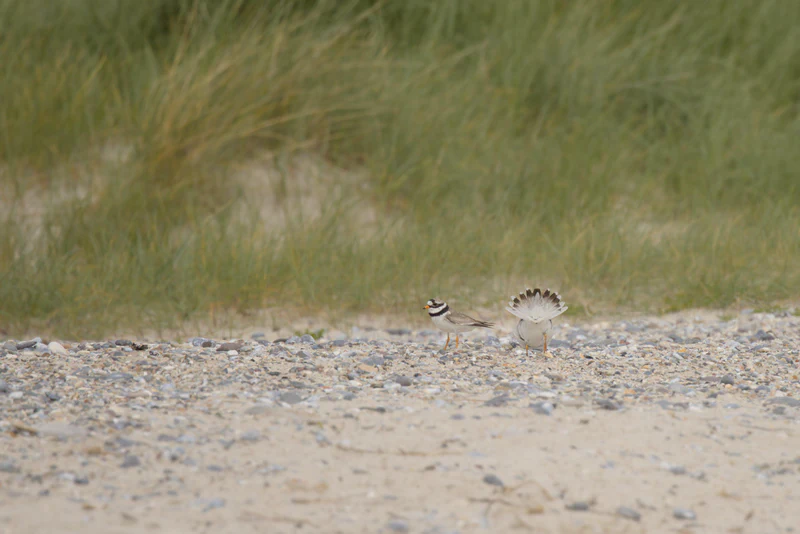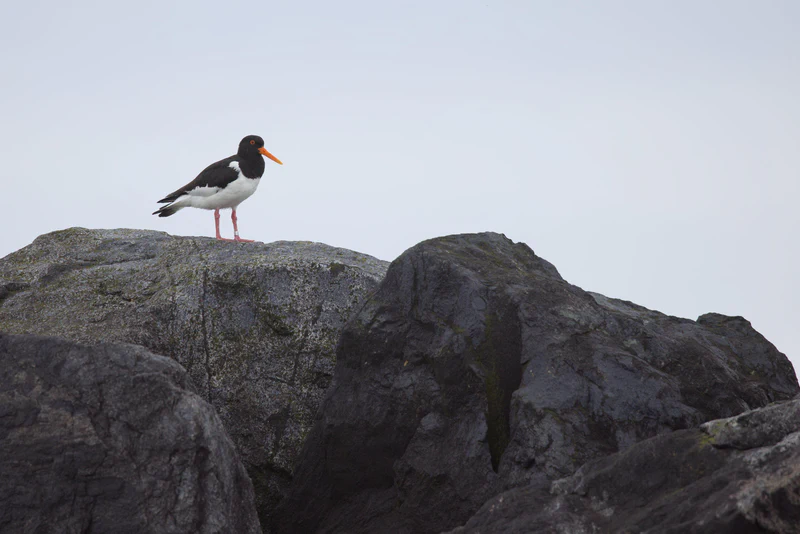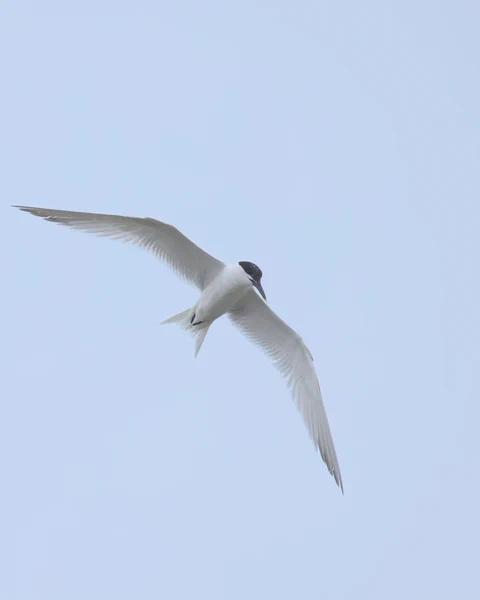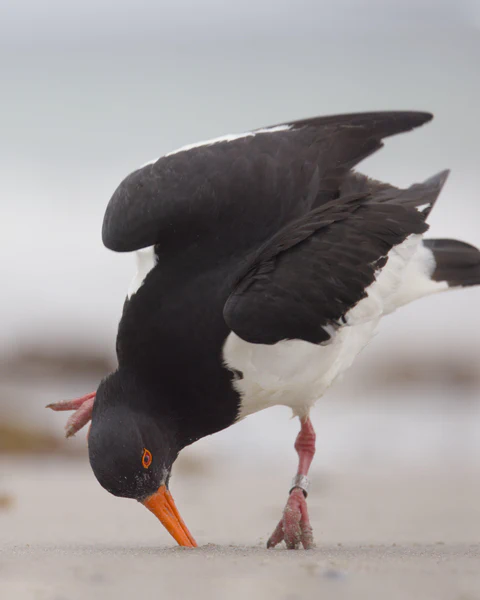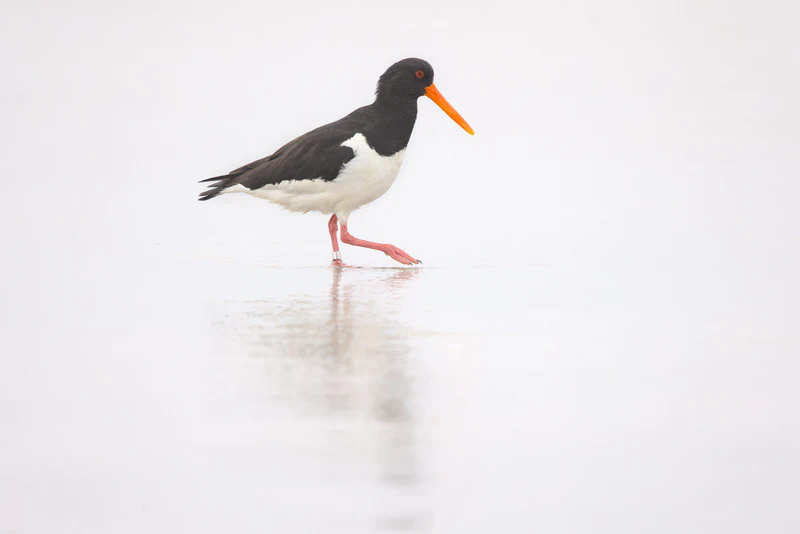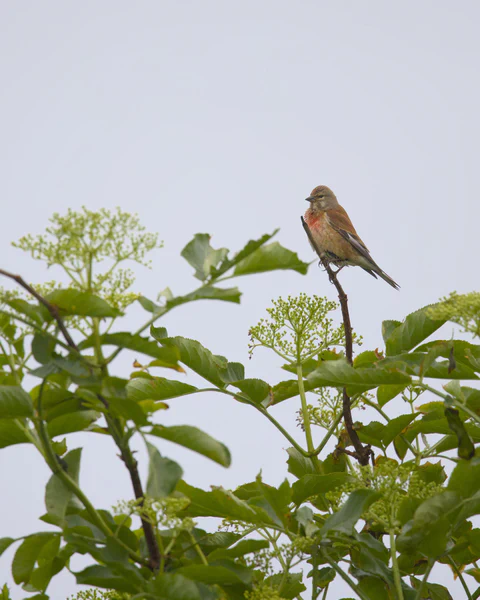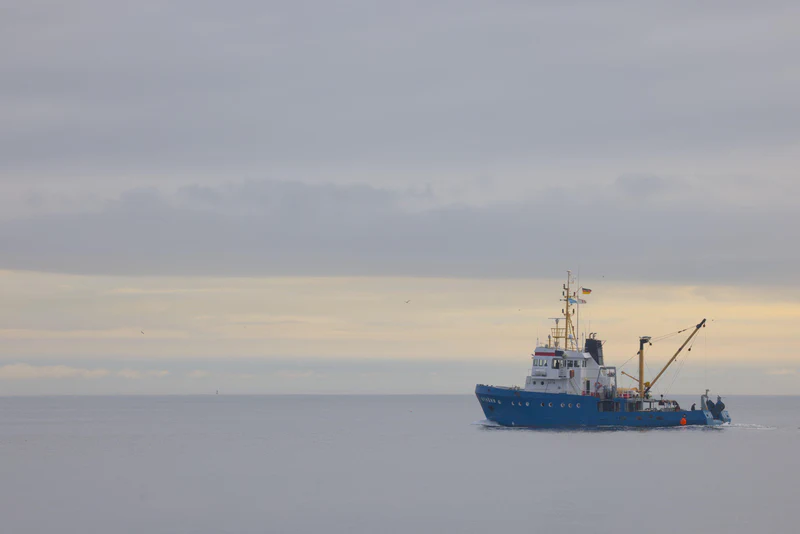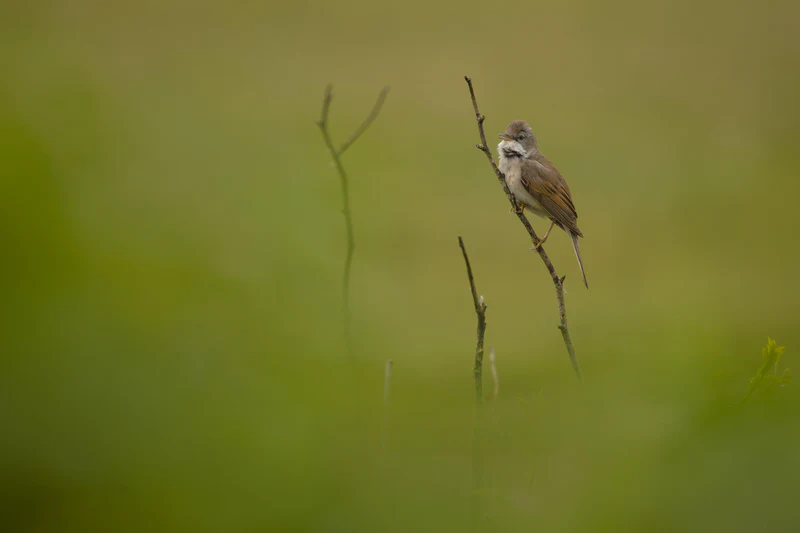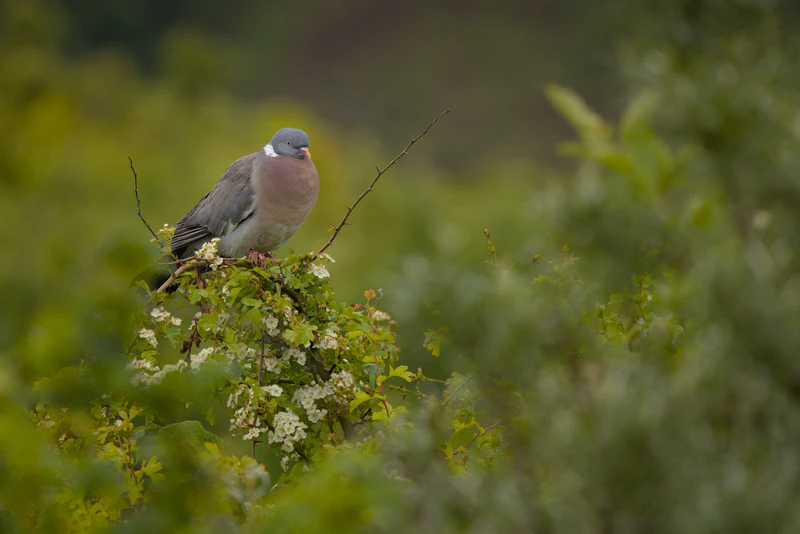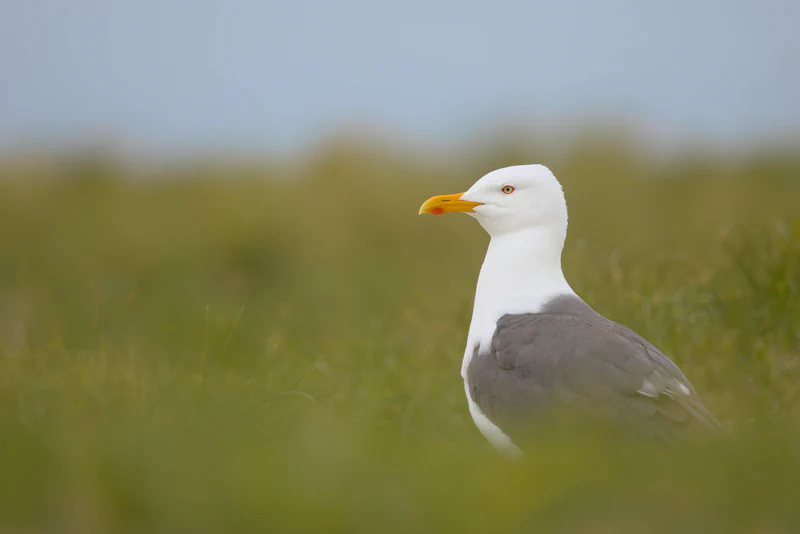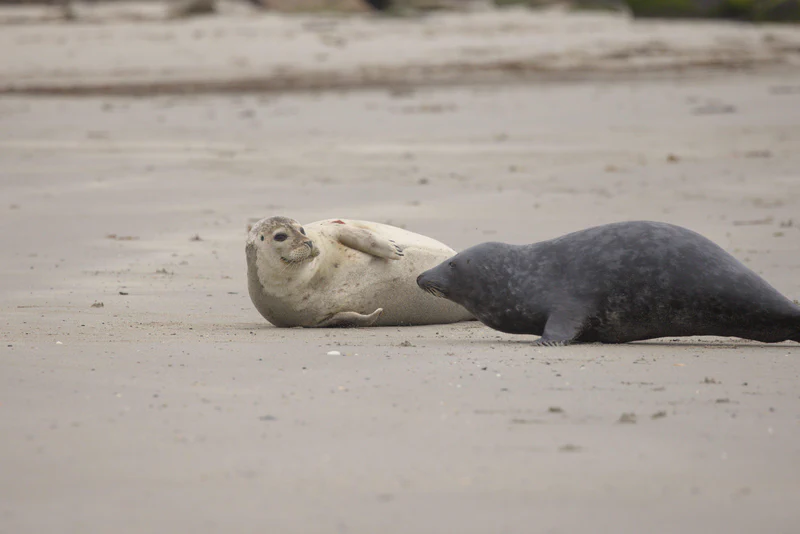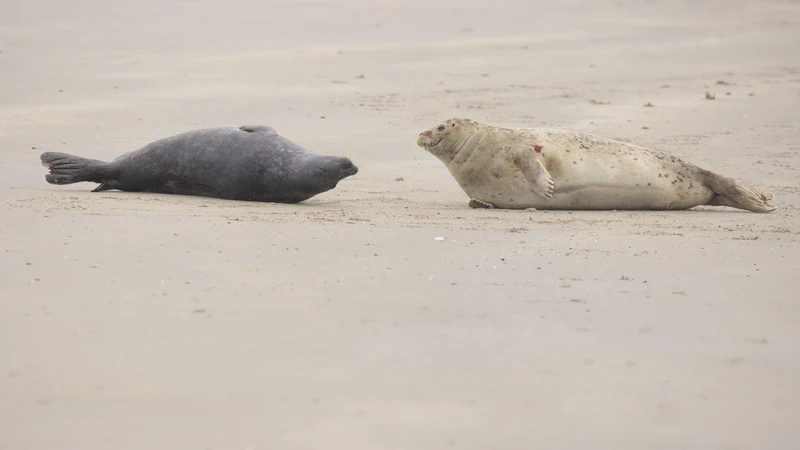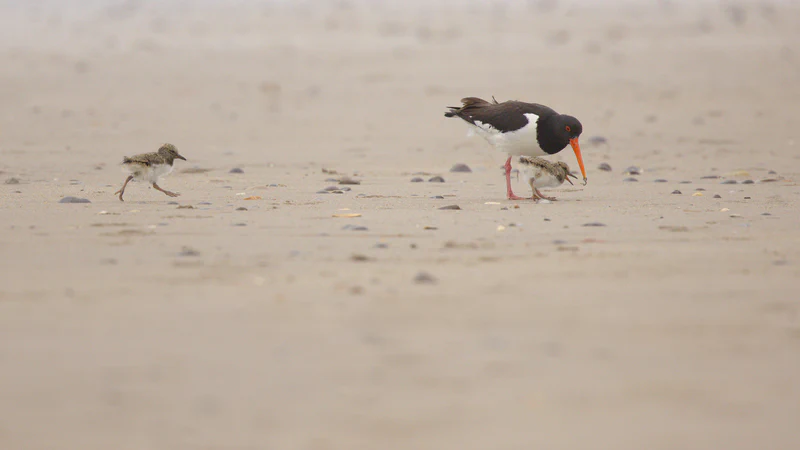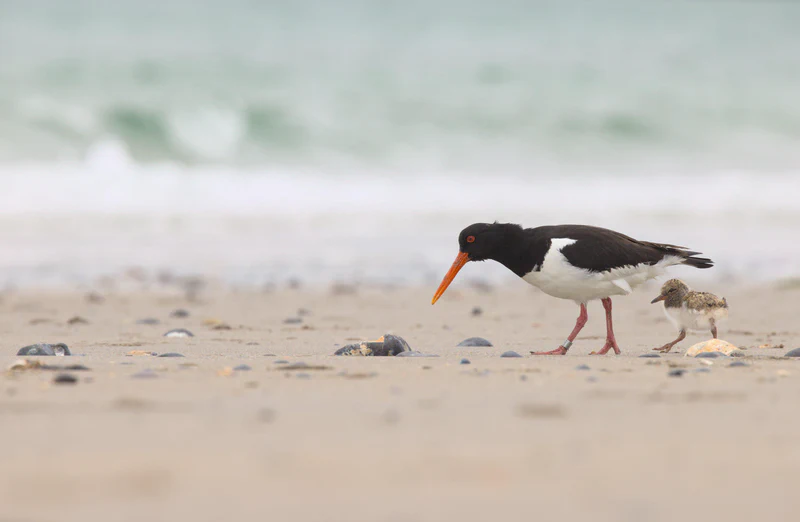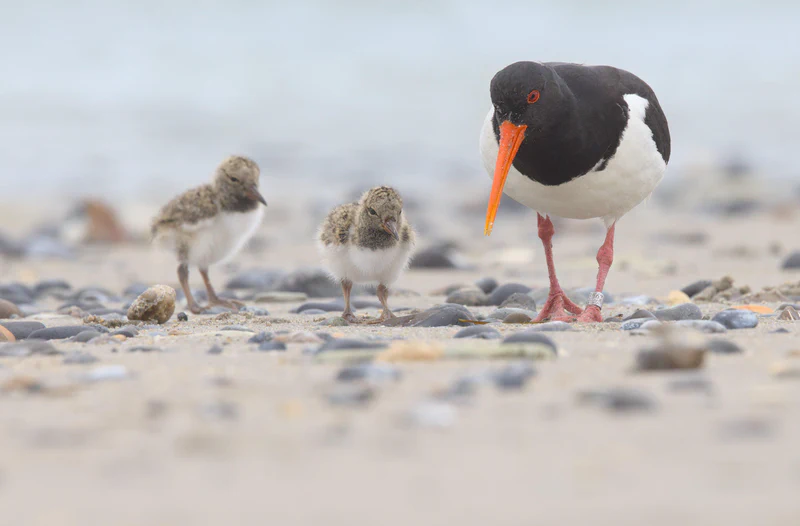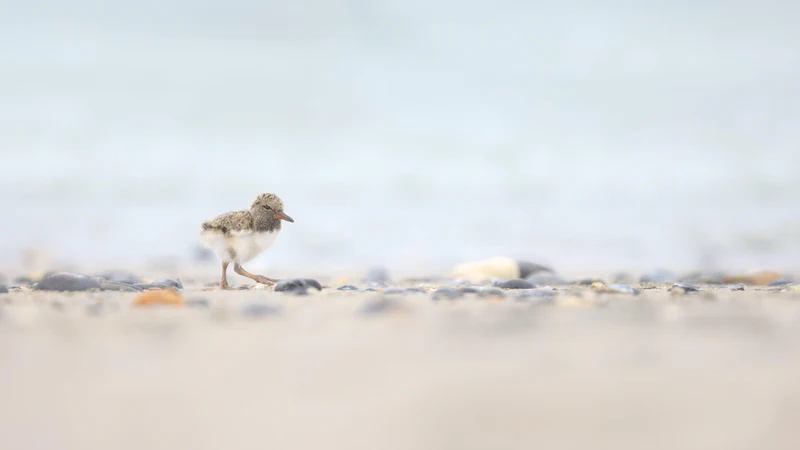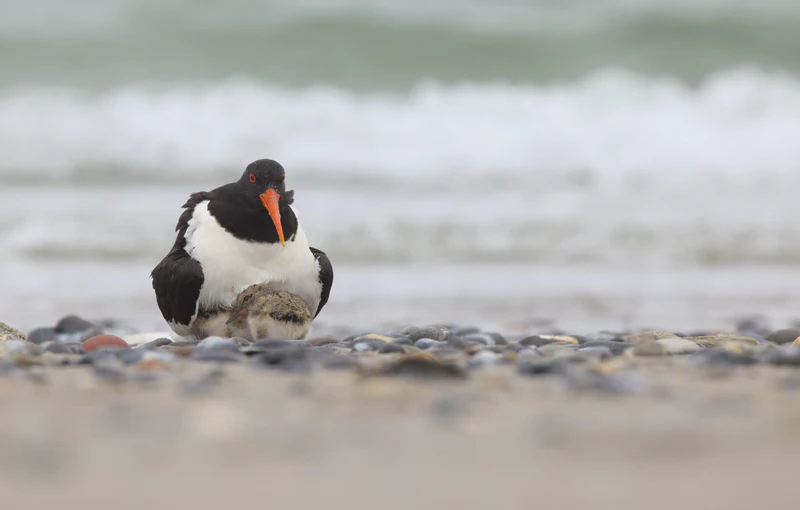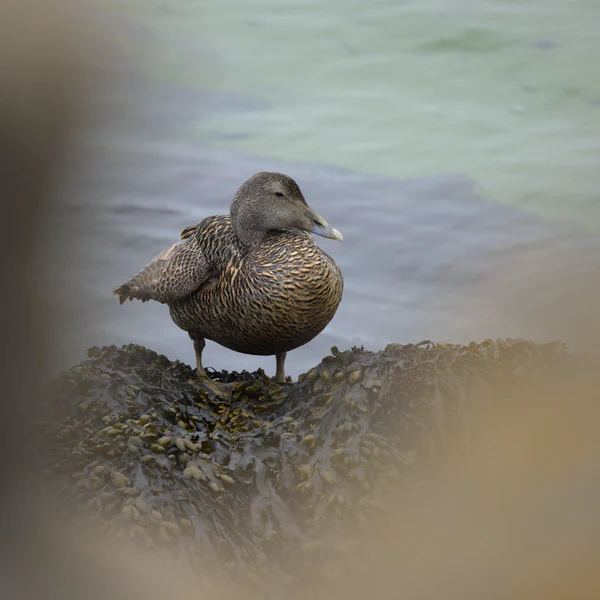Heligoland is a small German archipelago in the North Sea consisting of two islands: the main island (1km²) and the Düne (dune) (0.7km²). When I first heard about the wildlife of Heligoland, I knew I wanted to see it with my own eyes.
So, this summer I went there for a four day trip. We boarded the Halunder Jet in Hamburg in the morning and 3½ hours later we arrived at Heligoland. The boat trip itself was an experience: The catamaran’s top speed is 35kn (~65km/h), at which it travels most of the 170km distance. That day we had a rough sea with an average wave height of 2½ meters. You had to hold on tight when you left your seat to walk around the ship. When Heligoland appeared on the horizon, I went to the upper outside deck to get a better view. A big wave of spray caught me, so I later left the ship half wet.
The main island is divided into three areas: Unterland (lowland), Mittelland (midland) and Oberland (upland). The Unterland is only a few meeters above see level, whereas the Oberland has a height of 30 to 61.3 meters. The Mittelland is the smallest area, it is the result of Operation Big Bang, one of the largest non-nuclear man-made explosions of all time. The aim of this 1947’s operation was to destroy the bunkers that were built by Germany on and below the island. In fact, the militarization before and during the two world wars (e.g. Project Hummerschere) and the destruction afterwards have left their mark everywhere on Heligoland and shaped the island as we know it today.
Our apartment was located in Oberland. After quickly checking in and preparing a small meal we set out to explore the island. We circled the upper land along a footpath that runs along the cliffs. From there we saw the Düne and looked at the friendly rounded small hills of the inland (that were also formed by the aforementioned military chapter of the island). It didn’t take long until we saw the first soaring seagulls and a few steps later we spotted flying northern gannets.
Finally, we arrived at the Lummenfelsen (guillemots/murres rock). Here every suitable place of the cliff is occupied by breeding birds: Over 4000 breeding pairs of common murres/guillemots, over 3000 pairs of black-legged kittiwakes, about 1400 pairs of northern gannets, ca. 80 pairs of razorbills and around 30 pairs of northern fulmars are breeding here [1].
The special thing about this place is that you can get very close to the northern gannets. Only a fence consisting of two taut wires separates the nature lovers from the great seabirds. They are so close that you could touch them if the birds with the long beaks would let you. I took some bird in flight and closeup shots. After about two hours we went back to the apartment for a break.
In the evening I went back to the Lummenfelsen hoping to get some great light during the sunset. Unfortunately, I had no luck: Heavy clouds covered the sky and it wasn’t long before it started to rain. But as a photographer, I know that it is just such a thing as bad weather that offers the chance to take some unusual pictures. So, I pulled myself together, faced the rain and started shooting. My goal was to capture the mood by showing the raindrops on the birds and rain streaks in the background. You can judge for yourself if I succeeded in the gallery below.
When it was too dark to take any photos, I went back to the apartment. I was totally wet: My old rain jacket did a bad job, so all my clothes were soaked, and my boots were slightly filled with water and made funny noises when I was walking around. So, I spent the late evening hanging up my clothes and blow-drying my shoes.
The next day began how the last day ended: With rain. I was a bit disappointed, especially since the weather forecast didn’t look good either. Fortunately, the weather forecast proofed to be wrong: The afternoon provided partly clouded skies, thus soft light to make pleasing looking photos.
This time I started my trip at the northern beach, where I found a lot of seagulls searching for food in the seaweed washed up on the beach. I was lucky to observe and capture an interesting situation when one of the seagulls found a crab. The seagull wasn’t fast enough in eating it, so another seagull tried to steal the crab. Both pulled on one arm of the unlucky crab and … at the end the thief succeeded and ate the whole crab. I also saw my first eurasian oystercatcher here.
In the evening I went back to the Lummenfelsen and tried to get some more creative photos of the birds there.
The next day I got up early and photographed the northern gannets at sunrise. This time I was fortune and for a few minutes I got the pleasing orange light of the sunrise illuminating the gannets.
After breakfast it was time to visit the Düne. A small ferry crosses the short distance between the two islands every 30 minutes.
Only a few minutes after I arrived at the Düne I spotted some grey seals and some harbor seals sunbathing on the southern beach. One of the harbor seals was a bit isolated and provided a good photo opportunity. Now I was really happy because this was the first time that I took a photo of a wild seal.
A few hundred meters further on, a lot of lesser black-backed gulls were nesting in the tall grass, some of them very close to the beach where the people were walking. Here, I was able to watch a pair of little ringed plovers running across the beach searching for food.
On the northernmost part of the Düne an eurasian oystercatcher was almost tame. While he was searching for worms and other food in the sand and running away from the incoming waves, he came three meters close to me. On the sea I saw a couple of sandwich terns hunting for fish. They were flying acrobatically in the strong wind and when they spotted something they did a nosedive to catch their food.
I started the last day early in the morning with a trip to the “Kurpark” in the north-eastern part of the main island. This is the most bushy (almost wooded) part of Heligoland. So you won’t find any seabirds here, but all kinds of small migrating birds. I was able to photograph a common whitethroat and some common linnets. I also heard a eurasian golden oriole.
Later on, I visited the Düne for a second time. The highlight this time was a pair of eurasian oystercatchers together with their two chicks. It was nice to see these little fluffy balls of feathers running around and catching up with their parents. I watched them for a while and recognized a repeating pattern: The chicks would run around for about 5 minutes then one of the parents would call them, then the chicks would hide under the wings of a parent. After a few minutes, the chicks would leave the warmth of this group cuddle and be out and about again.
Another observation I made was this: There was a seagull approaching the oystercatcher family. Normally, one of the parents would try to mob the seagull until it flew away, while the other parent protected the chicks under his or hers wings. But this time only one parent was present. So, the parent took off to mob the seagull. Now the interesting part happened: The chicks ran straight away from the sandy part of the beach to an area where there were some small gray and white stones lying around. Here they lay down between the stones and waited until the parent was successful and came back. Apparently, the chicks knew that they would be much harder to spot between the similarly colored and sized stones than on the plain-colored sandy part of the beach.
Late in the afternoon we had to catch our ferry and said goodbye to Heligoland. In summary it was a great experience for me, so many new birds and great photo opportunities. I can highly recommend a visit to Heligoland to every birder and photographer.
